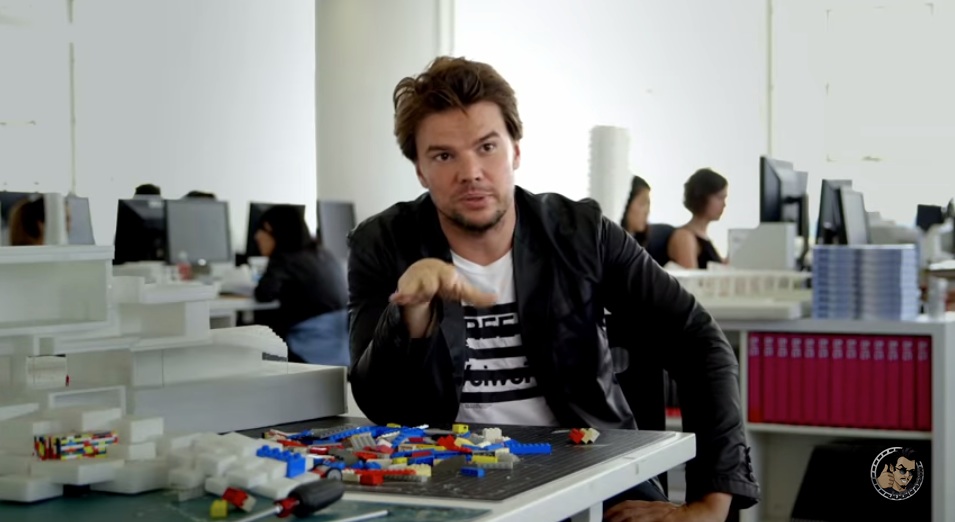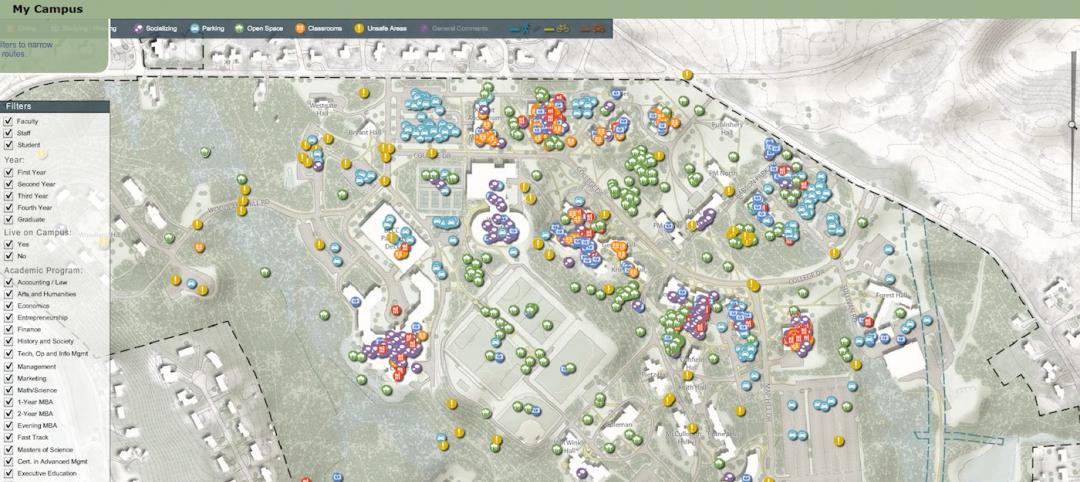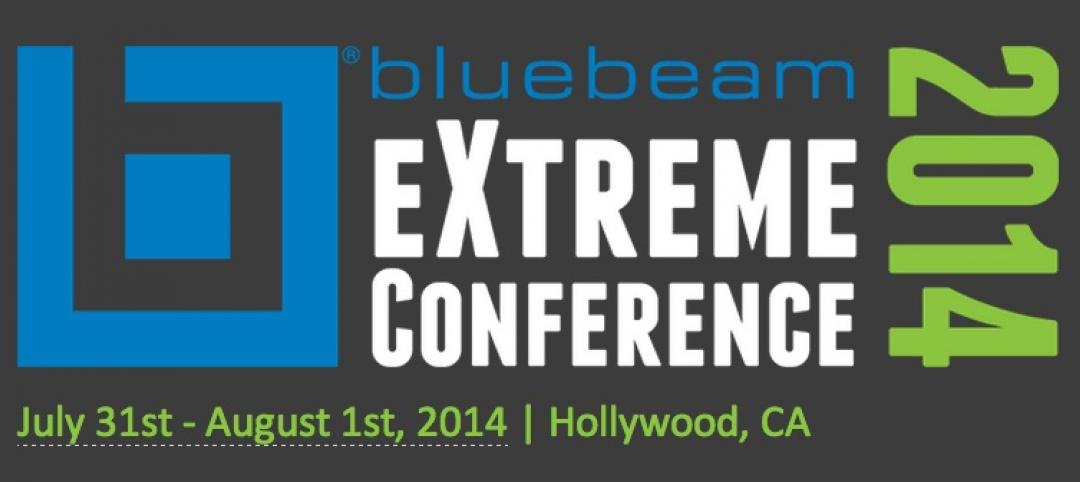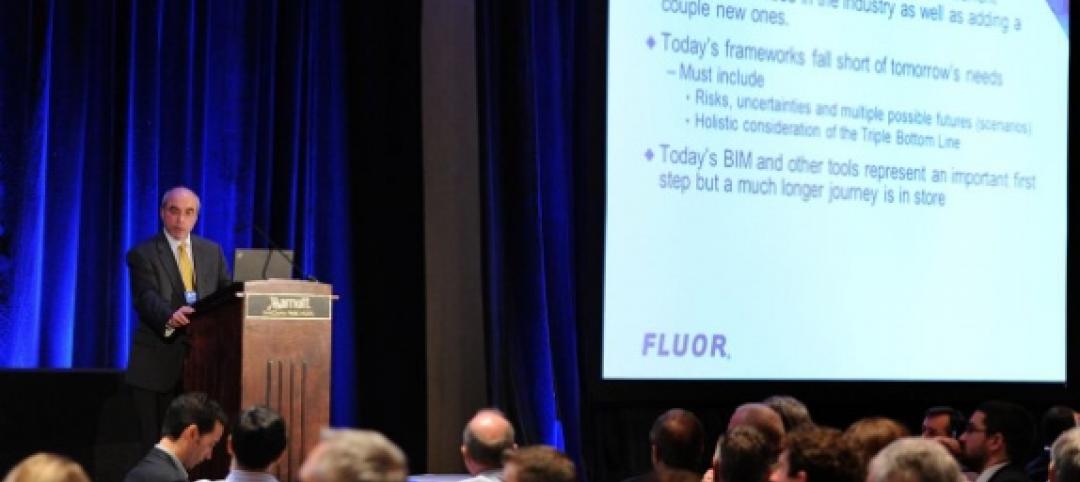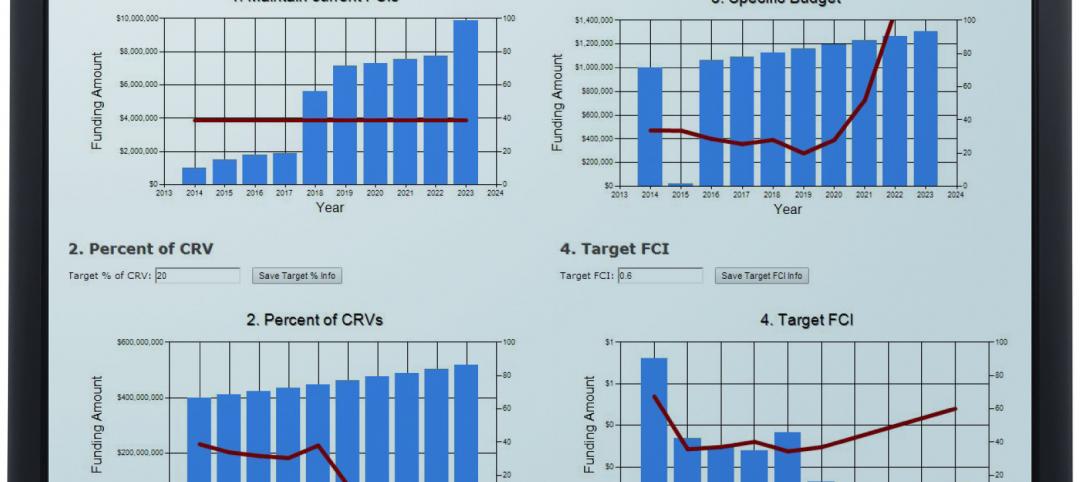Over a five-day period last month, as part of the Milan Expo 2015 in Italy, a slim tower made from more than 500,000 Lego bricks rose to 35 meters (114.8 feet), setting a new Guinness World Record as the tallest structure built with those familiar acrylic bricks.
Denmark-based Lego Group donated 7 Euros (US$7.752) for every centimeter of the tower to Urban Oasis, an urban protection and development project connected with the World Wildlife Fund.
That tower offered one more example of the role that Legos have played in the worlds of construction and creativity since the company’s founding in 1932. Last month, Lego Group, the company that makes the toy bricks, established its Lego Sustainable Materials Centre, and announced that it would invest 1 billion Danish Krone (US$148 million) for research, development, and implementation of sustainable raw materials to make Lego bricks and packaging.
In the documentary, Bjarke Ingels—whose eponymous firm is based in Copenhagen, Denmark—notes that, because of its harsh climate and high labor wages, much of what gets built in that country must be prefabricated to shorten the construction time.
The company has also teamed with Warner Bros., Interactive Entertainment, and TT Games to release an interactive video game that allows players to use Lego building sets digitally to build and create “wherever their skills and imagination roam,” says its press release.
“Our goal is to inspire and develop the builders of tomorrow,” said Lego Group’s owner Kjeld Kristiansen. “We believe that our main contribution to this is through the creative play experiences we provide to children.”
On July 31, a documentary film called "A Lego Brickumentary" will be released in the United States. Its narrator, the actor Jason Bateman, says it’s a story “about a simple toy and how its unique properties ushered in a new era of creativity for a whole generation.”
Along with a host of inventors and toy aficionados, the film interviews such Lego lovers as Facebook’s cofounder Mark Zuckerberg and Houston Rockets’ center Dwight Howard. Also featured prominently is starchitect Bjarke Ingels, who recounts how he won one of his first commissions by designing a model using Legos.
In the documentary, Ingels—whose eponymous firm is based in Copenhagen, Denmark—notes that, because of its harsh climate and high labor wages, much of what gets built in that country must be prefabricated to shorten the construction time. “In a manner of speaking, Denmark has become a country entirely built out of Legos,” he says in a clip of the film that Wired magazine posted on its site.
The Lego Group chose Ingels’ firm to design its Lego House, a 12,000-sm (129,167-sf), 23-meter-tall educational center in Billund, Denmark, whose purpose, in Kristiansen’s words, is “give us the opportunity to show how children learn through Lego play, and at the same time we can tell the Lego history in an involving way which reflects our values. Lego House is scheduled to open next year, but in the interim Lego Group will send a 1:100 scale model to six different fan events around the world. The model—built from 18,000 Lego bricks, of course—was seen by about 20,000 people who recently attended the largest Lego fan exhibition in Switzerland.
Related Stories
| May 3, 2014
4 easy steps to being a great project manager
Managing a team of people, especially creative people, is a task that not everyone is up for. Keeping your team on the same page while maintaining a schedule and budget that can keep your corporation happy will take confidence and bountiful people skills. Here are some tips for effectively managing a project. SPONSORED CONTENT
| May 1, 2014
Super BIM: 7 award-winning BIM/VDC-driven projects
Thom Mayne's Perot Museum of Nature and Science and Anaheim's new intermodal center are among the 2014 AIA TAP BIM Award winners.
| Apr 23, 2014
Ahead of the crowd: How architects can utilize crowdsourcing for project planning
Advanced methods of data collection, applied both prior to design and after opening, are bringing a new focus to the entire planning process.
Sponsored | | Apr 17, 2014
Technology enables state transportation agency to make the leap to digital design review
Earlier this month, my colleague and I presented a session to a group of civil engineers and transportation agencies about the tech trends in the AEC space. Along with advice on how to prepare your plan for controlled collaboration, we also talked through some practical use cases. One such use case was especially interesting, as it outlined a challenge not unfamiliar to government agencies who are contemplating the leap from paper to digital processes: how to securely migrate workflows.
| Apr 10, 2014
Submit Your Project for a Bluebeam eXtreme Award!
Bluebeam is holding the second annual Bluebeam eXtreme Awards at the 2014 Bluebeam eXtreme Conference in Hollywood, Calf.
| Apr 3, 2014
Security, accountability, and cloud access: Can you really have it all?
I’ve heard countless stories of conversations between project engineers and IT professionals who can’t come to an agreement on the level of security needed to protect their data while making it more accessible—not only externally, but also internally.
| Apr 2, 2014
New Autodesk software allows visualization of more realistic bridge concepts
The Autodesk InfraWorks 360 family of offerings now includes enhanced roads and highways capabilities, better representations of graphical information, and fixed-length pipe modeling capability.
| Mar 26, 2014
Zaha Hadid's glimmering 'cultural hub of Seoul' opens with fashion, flair [slideshow]
The new space, the Dongdaemun Design Plaza, is a blend of park and cultural spaces meant for the public to enjoy.
| Mar 20, 2014
Fluor defines the future 7D deliverable without losing sight of real results today
A fascinating client story by Fluor SVP Robert Prieto reminds us that sometimes it’s the simplest details that can bring about real results today—and we shouldn’t overlook them, even as we push to change the future state of project facilitation.
| Mar 12, 2014
New CannonDesign database allows users to track facility assets
The new software identifies critical failures of components and systems, code and ADA-compliance issues, and systematically justifies prudent expenditures.


